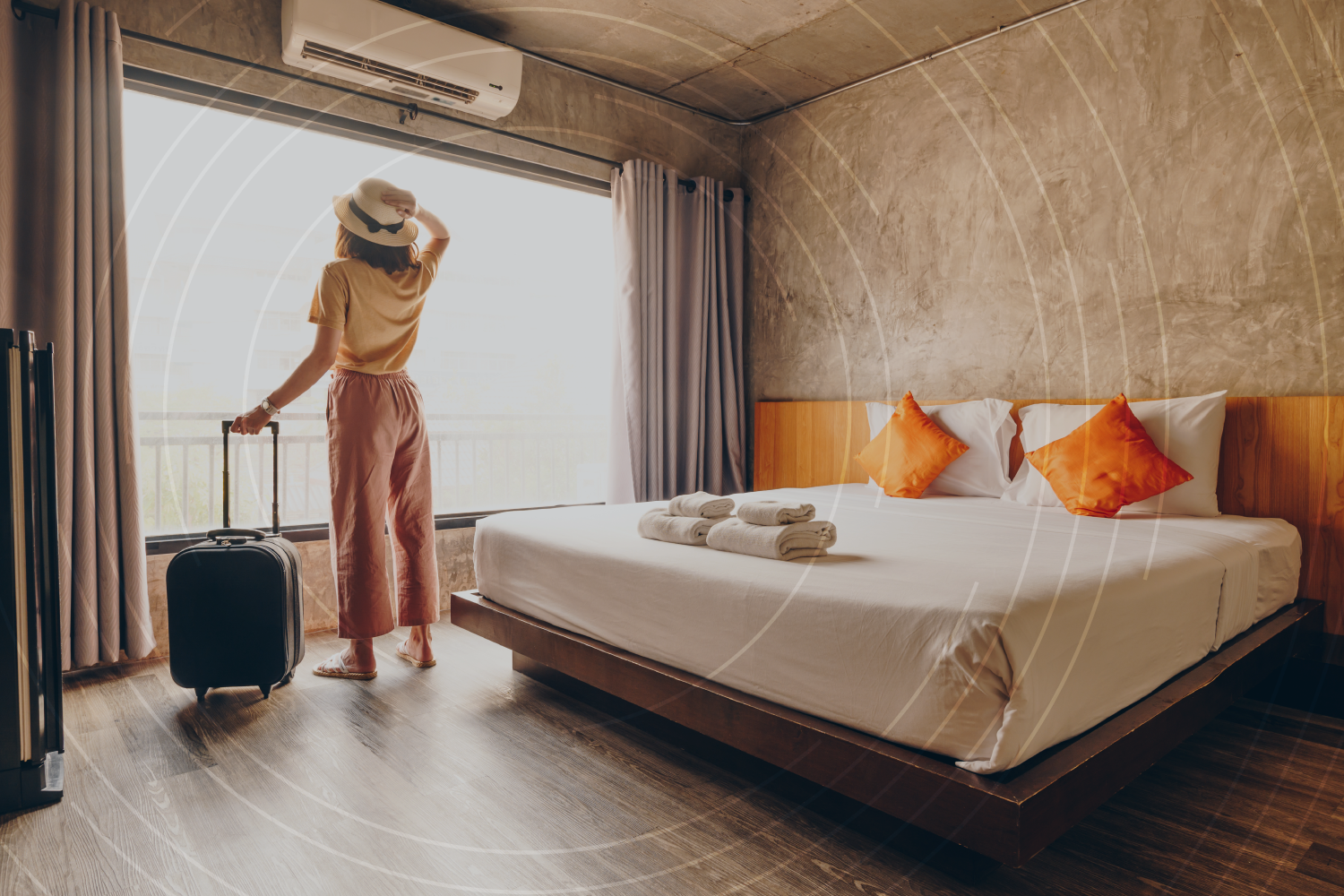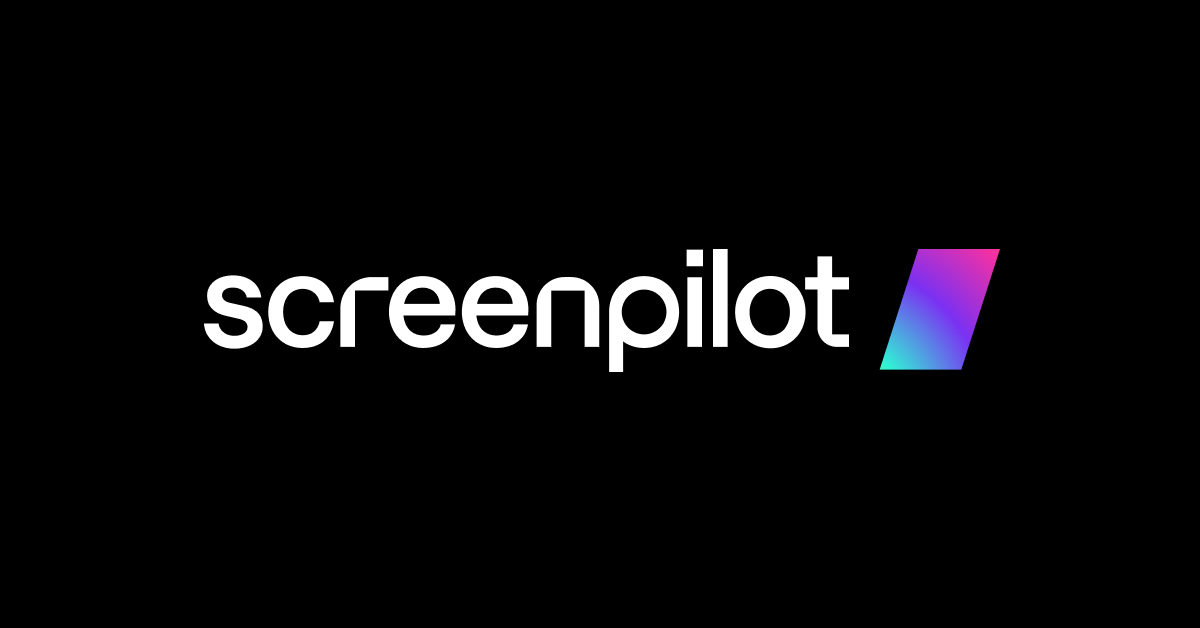
In the beginning of April, we discussed critical KPI's that every hotel should monitor throughout the pandemic. While the industry was shrouded in uncertainty, these KPI's acted as a guideline to alert marketing teams of shifts in user behavior.
At Screen Pilot, we used these metrics to outline the steps necessary to return to marketing. Below, we feature a property from each region to highlight the importance of these KPI's and how they helped lead to new strategies.
Website Conversion Rate
The hardest thing to determine at the beginning of the pandemic was when people would start booking hotels again. There was, and still is, no way to force demand. This is why the conversion rate was the most important KPI for hotels to analyze as they planned their marketing efforts.
An increase to visits to the website can be misleading if you look at that metric alone. After all, the user's goal in visiting your site may be to cancel a booking or to get information on new cleaning policies. However, the conversion rate is a signal of increased demand that actually impacts the bottom line. Each property below saw an increase in conversion rate for at least 3 weeks.
A sustained increase indicates a change in user intent. If user intent is changing—meaning they are more interested in and more likely to book—that's a valuable signal to kick marketing efforts into gear.
Organic Brand Impressions
Understandably so, many hotels took their foot off the brand marketing gas pedal as COVID-19 began to spread. There was simply no room in the budget and again, it was hard to determine the user intent behind a brand search. Many users were looking to update their existing reservation or find related information.
We knew there would be an initial drop in brand searches, boutique hotels especially. However, organic brand impressions are an important KPI because it tells us exactly when users are becoming interested in traveling to a specific property. As many hotels can attest, the ROI for brand advertising is pretty high in the paid arena.
Capitalizing on the people that come back to your brand is a huge area of opportunity for recovery. The same properties illustrated above all experienced a week-over-week increase in organic brand impressions. This information informed the budget and targeting decisions for their paid media programs.
Shopping Windows
Industry experts forecasted that users would take their time when looking to travel again. At the outset of the pandemic, most shoppers were searching for hotels far in advance—as much as four months out. As time has passed and the virus has slowed down, the shopping window has shrunk alongside it.
The shopping window is a crucial element to recovery because it gives us insight on when exactly users are hoping to travel again, even if they don't book. At the beginning of April, each region saw the majority of users looking for hotels at least 90+ days out. That has been flipped on its head as the majority now looks in the 1-30 day range.
The West Coast highlights this drastic change from trends within the month of May alone. Check out more of these graphs in our COVID-19 Resource Hub or reach out for a customized version for your property.
In the beginning of April, we discussed critical KPI's that every hotel should monitor throughout the pandemic. While the industry was shrouded in uncertainty, these KPI's acted as a guideline to alert marketing teams of shifts in user behavior.
At Screen Pilot, we used these metrics to outline the steps necessary to return to marketing. Below, we feature a property from each region to highlight the importance of these KPI's and how they helped lead to new strategies.
Website Conversion Rate
The hardest thing to determine at the beginning of the pandemic was when people would start booking hotels again. There was, and still is, no way to force demand. This is why the conversion rate was the most important KPI for hotels to analyze as they planned their marketing efforts.
An increase to visits to the website can be misleading if you look at that metric alone. After all, the user's goal in visiting your site may be to cancel a booking or to get information on new cleaning policies. However, the conversion rate is a signal of increased demand that actually impacts the bottom line. Each property below saw an increase in conversion rate for at least 3 weeks.
A sustained increase indicates a change in user intent. If user intent is changing—meaning they are more interested in and more likely to book—that's a valuable signal to kick marketing efforts into gear.
Organic Brand Impressions
Understandably so, many hotels took their foot off the brand marketing gas pedal as COVID-19 began to spread. There was simply no room in the budget and again, it was hard to determine the user intent behind a brand search. Many users were looking to update their existing reservation or find related information.
We knew there would be an initial drop in brand searches, boutique hotels especially. However, organic brand impressions are an important KPI because it tells us exactly when users are becoming interested in traveling to a specific property. As many hotels can attest, the ROI for brand advertising is pretty high in the paid arena.
Capitalizing on the people that come back to your brand is a huge area of opportunity for recovery. The same properties illustrated above all experienced a week-over-week increase in organic brand impressions. This information informed the budget and targeting decisions for their paid media programs.
Shopping Windows
Industry experts forecasted that users would take their time when looking to travel again. At the outset of the pandemic, most shoppers were searching for hotels far in advance—as much as four months out. As time has passed and the virus has slowed down, the shopping window has shrunk alongside it.
The shopping window is a crucial element to recovery because it gives us insight on when exactly users are hoping to travel again, even if they don't book. At the beginning of April, each region saw the majority of users looking for hotels at least 90+ days out. That has been flipped on its head as the majority now looks in the 1-30 day range.
The West Coast highlights this drastic change from trends within the month of May alone. Check out more of these graphs in our COVID-19 Resource Hub or reach out for a customized version for your property.



















